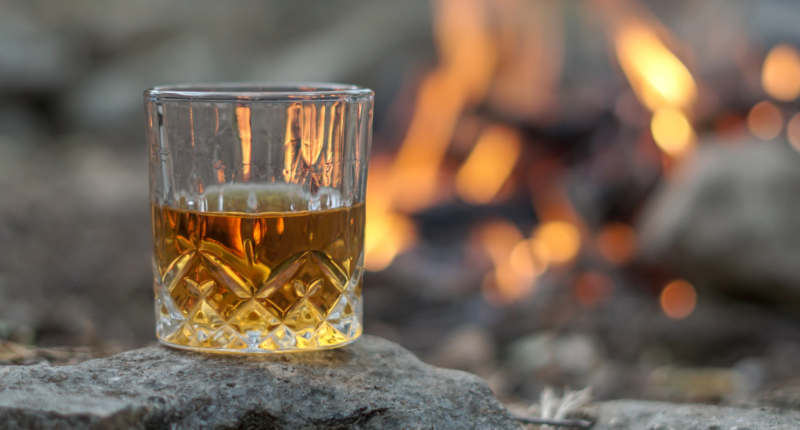WHISKEY is one of the world’s most popular spirits – but you might be making a big mistake when you drink it.
A boozy investigation into the beloved spirit revealed how to unlock the best flavor.
It’s all linked to the addition of water to whiskey, which is thought to “open up” its flavor.
But if you add to much, scientists say that it can make whiskies taste the same.
A set of 25 whiskies were chemically analyzed by scientists at Washington State University.
They examined bourbons, ryes, Irish whiskeys, and single-malt and blended Scotches to see how their volatile compounds responded to the addition of water.
A trained sensory panel also assessed six of those whiskies: three Scotches and three bourbons.
It turned out that adding some water changes how whiskies smelled.
But after the 20% mark, the whiskies may start to have the same aroma.
Smell and taste and very closely linked, so this also means affecting the flavor of the spirit.
Most read in News Tech
“If you want to enjoy a specific whisky, this suggests that you don’t want to dilute it by more than about 20%,” said senior study author Tom Collins, a WSU assistant professor.
“By the time you get to 60/40 whisky to water, the whiskies are not differentiated by the panelists; they begin to smell the same, and that’s not really what you’re looking for.”
At 100% whiskey, it was easy for researchers to tell them apart.
And even at 80/20 whiskey to water, it was possible for the panellists to differentiate whiskies within each group.
But beyond 20%, the whiskey aromas became more similar.
The chemical analysis results revealed that there was a change to the “headspace” – the area above the liquid – when water was added.
Adding water sends hydrophobic, or water-repelling, compounds into the “headspace”, which changed the aroma of the liquid.
Scotch whiskies were said to start out with a smoky “peat” aroma that became fruitier when diluted.
“This happens because of the way dilution affects what’s in the headspace,” said Collins, whose work was published in the journal Foods.
“The compounds that are associated with smoky aromas dissipate, and they were replaced by compounds that are associated with fruity aromas.
“This study helps to understand why those large, square ice cubes have become so popular because you can actually enjoy the whisky before it gets diluted to the point that it’s not the same whisky.”
Featured Image Credit: Unsplash









